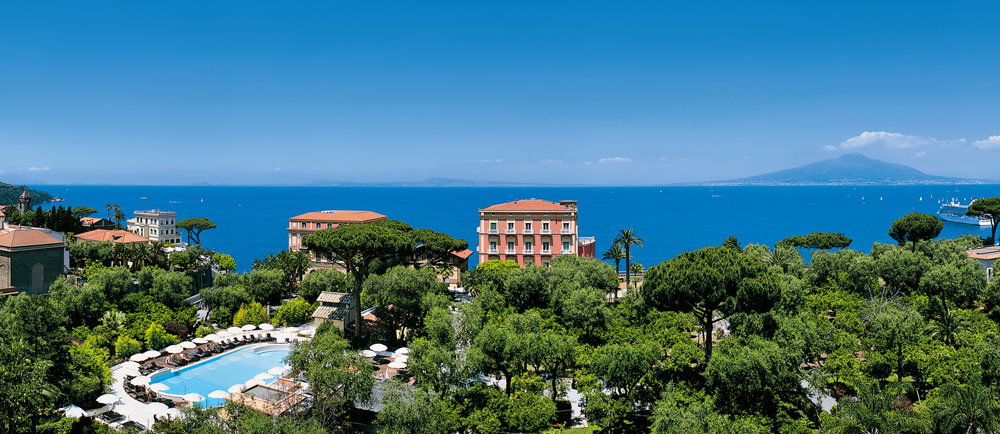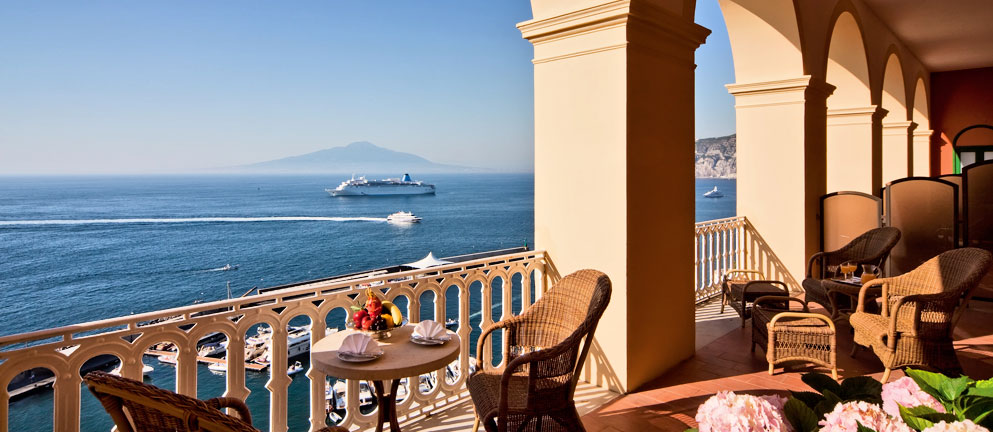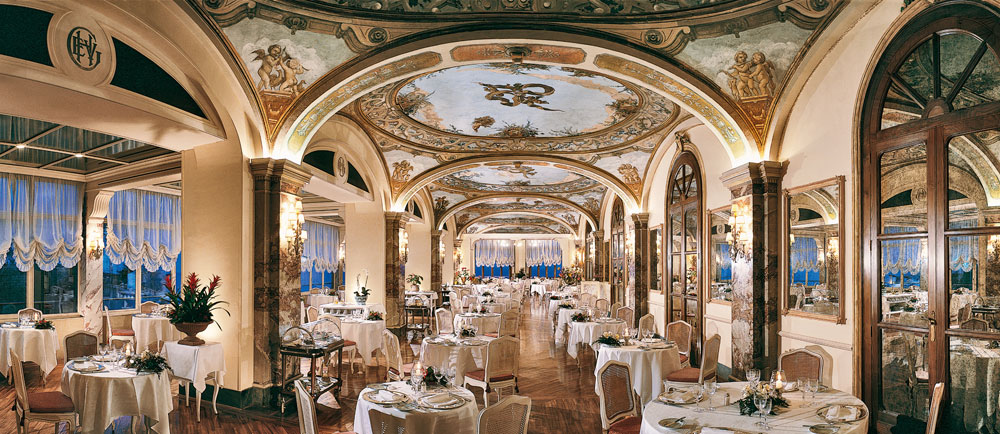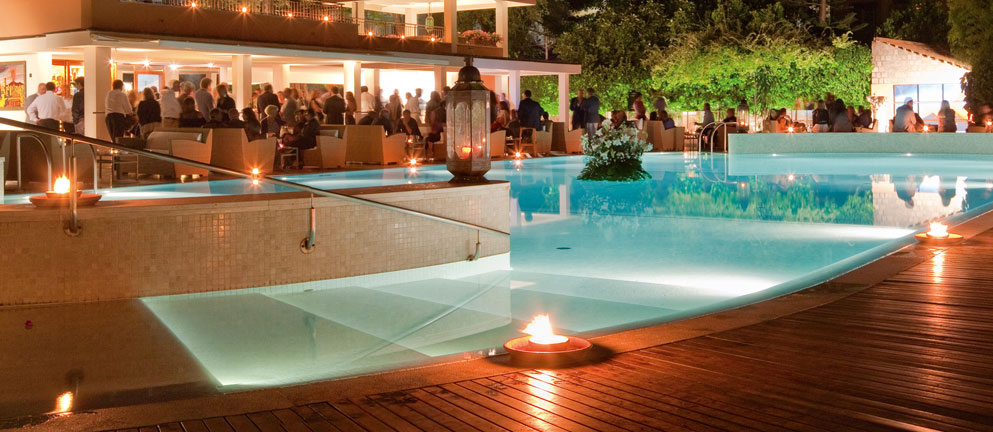A Modern Classic
Since 1834 the Grand Hotel Excelsior Vittoria has welcomed visitors, including royalty and celebrities, to Sorrento. Such guests as Enrico Caruso in 1921 and Richard Wagner and his wife Cosima in 1876. Indeed, it is the elegant and imposing group of buildings you see as you arrive by boat and is officially recognised as an historical landmark.
But should you arrive by road its presence is evident only by the name on an elegant cast iron archway near the main square which leads you through perfumed gardens to the hotel entrance. One minute you are in the hustle and bustle of the main square, the next in an oasis of calm and tranquility.
Three distinct buildings make up the hotel. La Vittoria is the oldest and was built in 1834, La Rivale built in 1882 and the swiss chalet styled La Favorita in 1860. There was also a fourth named La Caporiva which was built in 1924 but demolished in 1980 because of damage resulting from the 1980 earthquake.
Another feature of the Hotel no longer evident was the funicular railway which transported guests between the hotel and the port in the early 1900’s. A tunnel dating back to the Roman period was used for this purpose, the entrance of which is still visible. An elevator now provides this service.
The Hotel is apparently built on the same site as the villa of Emperor Augustus. Indeed many archaeological pieces from the 4th and 5th centuries BC., were uncovered in the hotel’s grounds. The most recent finding was the ruins of a roman swimming pool discovered during the refurbishment of the hotel’s swimming pool in 2004. These are now visible to guests as an integral feature of the new pool layout.
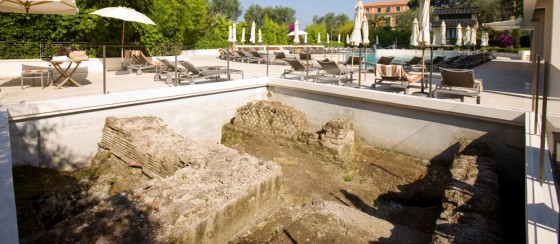
Roman swimming pool excavations
This association with Sorrento’s history is evident wherever you turn, with marble busts and statues gazing out from the terraces over the Bay of Naples towards Vesuvius, or statues and columns adding to the serenity of the gardens.
This appreciation of past beauty and elegance continues inside the hotel with careful restoration under the tender care of the late Luca Fiorentino and his wife Lydia. Together they have retained the splendour of a Victorian setting but with the comforts of the modern world.
Examples include trompe l’oeil frescoes on the main staircase painted by the Belgian artist Thierry Bosquet to represent the four seasons. Original frescoes from the 18th Century were also found and restored. Restorations and addition of decor are now done by the artist Richard Stuart Kerr who cooperates with Mrs Fiorentino for the decoration of the rooms. Original 1930 ceramic tiles adorn the walls and antique furniture invite you to sit and absorb the atmosphere.

One of many Roman Busts at the hotel

Trompe l’oeil frescoes on the main staircase

Detail from some of the original ceramic tiling
This successful blending of tradition and modern is further demonstrated with the most recent addition to the hotel’s facilities, La Serra. This is the elegantly designed Holistic Center built in a converted greenhouse located amongst olive and orange trees, offering a range of the most sophisticated rituals and treatment.
Guests can enjoy the pampering afforded to Roman emperors and senators, possibly on the very same spot.
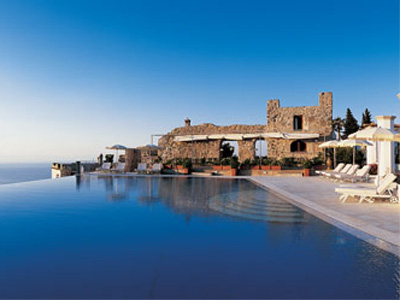
Hotel Caruso. Ravello
Two world-class business suites, the Wagner and Colonne, both of which overlook the private gardens and breathtaking scenery are available for coporate events and meetings.
More details
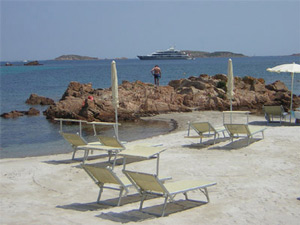
Le Ginestre. Costa Smeralda
Corporate event facilities supplemented by easy access to the Porto Cervo yachting marina, Pevero golf club and some of the best beaches in the world.
More details

